when it comes to outdoor adventures, nothing is more essential than a good night’s sleep—especially when temperatures plummet. Enter Marmot sleeping bags,renowned among campers and climbers alike for their performance in the great outdoors. But as anyone who has ventured into the wild knows, the theory behind temperature ratings often diverges from the reality of a chilly night beneath the stars. This article embarks on a journey to unpack the accuracy of Marmot’s temperature ratings in real-world conditions. We’ll explore how these sleeping bags measure up against the unpredictability of nature, dissect user experiences, and offer insights for those looking to make well-informed choices before embarking on their next expedition. Join us as we delve into the nuances of thermal comfort, bringing clarity to one of the most critical aspects of camping gear.
Understanding Temperature Ratings in Marmot Sleeping Bags
When considering a Marmot sleeping bag for your outdoor adventures, it’s essential to grasp how temperature ratings are steadfast and what they signify in practical scenarios. Marmot employs a standardized system to gauge the thermal efficiency of their sleeping bags, factoring in elements like insulation type, bag shape, and user comfort. However, these ratings are typically based on controlled lab conditions, which may differ from the unpredictable realities of the great outdoors. It’s vital for campers and hikers to reflect on their sleeping habits, as personal comfort can fluctuate based on various factors, including metabolic rate and what you’re wearing to bed.
To navigate these intricacies, consider the following aspects that may influence thermal performance:
- Seasonal Use: Check for the recommended seasons for each sleeping bag model.
- Humidity and Wind: Real-world conditions like dampness and wind chill can significantly alter warmth.
- Layering: Your choice of clothing and gear can impact how warm you feel inside the bag.
Below is a simplified table illustrating some common Marmot sleeping bag models along with their temperature ratings and suggested usage:
| Model | Temperature Rating (°F) | Best Use |
|---|---|---|
| Marmot Hydrogen | 30°F | Three-season backpacking |
| Marmot Ouray | 0°F | Winter camping |
| Marmot Angelus | 15°F | Cold weather adventures |

Real-World Testing: Comparing Claims to Climatic Conditions
Marmot sleeping bags are designed with temperature ratings intended to guide outdoor enthusiasts in selecting the right gear for their adventures. However,real-world conditions can often diverge from these manufacturer’s claims. Several factors play into the sleeping bag’s performance, including humidity, wind chill, and ground insulation. To truly evaluate the accuracy of these ratings, a range of practical tests need to be conducted under varying climatic conditions.Participants in these tests reported experiences ranging from surprisingly warm nights to unexpectedly chilly excursions.
To highlight the importance of real-world performance, the following table summarizes the average temperature ratings experienced by users during tests conducted in diverse environments:
| Temperature Rating | Condition | User Experience |
|---|---|---|
| 25°F | Clear night, mild wind | Warm, agreeable sleep |
| 20°F | Rain, high humidity | Chilly, struggled to maintain warmth |
| 30°F | Frosty morning, breezy | Insulated well, slight chill on extremities |
Ultimately, understanding the disparity between tested ratings and real-world performance is critical for campers and hikers alike. The nuances of temperature fluctuations and environmental conditions can significantly affect comfort levels. Therefore, it is advisable to consider personal comfort preferences and additional layers of insulation when selecting a Marmot sleeping bag for your next outdoor adventure.

User Experiences: What campers Say About Warmth and Comfort
When it comes to warmth and comfort, campers have plenty of stories to share about their experiences with Marmot sleeping bags. Users frequently highlight the superior insulation that keeps them snug even in chilly weather. One camper noted, “I tested my Marmot bag on a frosty night and was amazed at how warm I remained. the temperature rating held up perfectly, and I felt cozy throughout the night.” This sentiment is echoed by many who appreciate the high-quality materials and thoughtful design that Marmot employs.From the draft collars to the tailored fit, each feature contributes to an remarkable sleeping experience, ensuring that campers can focus more on enjoying nature and less on battling the elements.
Comfort is another hallmark of user satisfaction, with several reviews emphasizing the softness and plushness of Marmot sleeping bags. Campers rave about the breathable fabrics that prevent overheating while still providing ample warmth. A common theme in reviews is the tailored width, which allows for easy movement without feeling constricted. Many users also appreciate the practical weighted side zippers that make getting in and out hassle-free.To further illustrate the various experiences, here’s a speedy overview of feedback regarding temperature ratings and comfort from a selection of users:
| User Experience | Temperature Rated | Comfort Level |
|---|---|---|
| frosty Night Delight | -10°F | Exceptional |
| Summer Trek | 30°F | Very Comfortable |
| Spring Campout | 20°F | Snug & warm |

Maximizing Performance: Tips for choosing the Right Marmot Sleeping Bag
When it comes to finding the perfect Marmot sleeping bag for your outdoor adventures, there are several factors to consider that can greatly impact your performance and comfort levels. First and foremost,pay attention to the temperature rating. Marmot provides a wide range of temperature ratings,and it’s essential to select one that aligns with the conditions you’ll be facing. For instance, if you’re planning a winter expedition, opt for a sleeping bag with a lower temperature rating than the coldest conditions you expect to encounter to ensure warmth throughout the night.
Additionally, consider the size and weight of the sleeping bag. A sleeping bag that packs down small and is lightweight is ideal for backpacking trips,while a larger bag might be more comfortable for car camping.Think about the insulation type as well—Marmot offers both down and synthetic options, each with unique benefits. Down is lightweight and offers excellent warmth-to-weight ratio, whereas synthetic insulation performs well even when wet. Evaluate your personal priorities, whether it’s warmth, packability, or moisture resistance, to make an informed decision that maximizes your performance outdoors.
The Conclusion
while marmot sleeping bags proudly boast remarkable temperature ratings,real-world conditions often tell a different tale. Our exploration into their performance reveals the nuances of insulation, fabric, and user experience that can significantly impact how warmth is perceived in the wild. As adventurers and enthusiasts prepare for their next journey,understanding these intricacies can lead to better choices,ensuring that every night spent under the stars is as cozy and comfortable as intended. So, before you zip up and drift off to sleep in the embrace of your Marmot, take a moment to consider not just the numbers, but also the environment that surrounds you. After all, the best adventures are the ones where knowledge and preparation meet, paving the way for unforgettable nights beneath the canopy of the great outdoors. Happy camping!



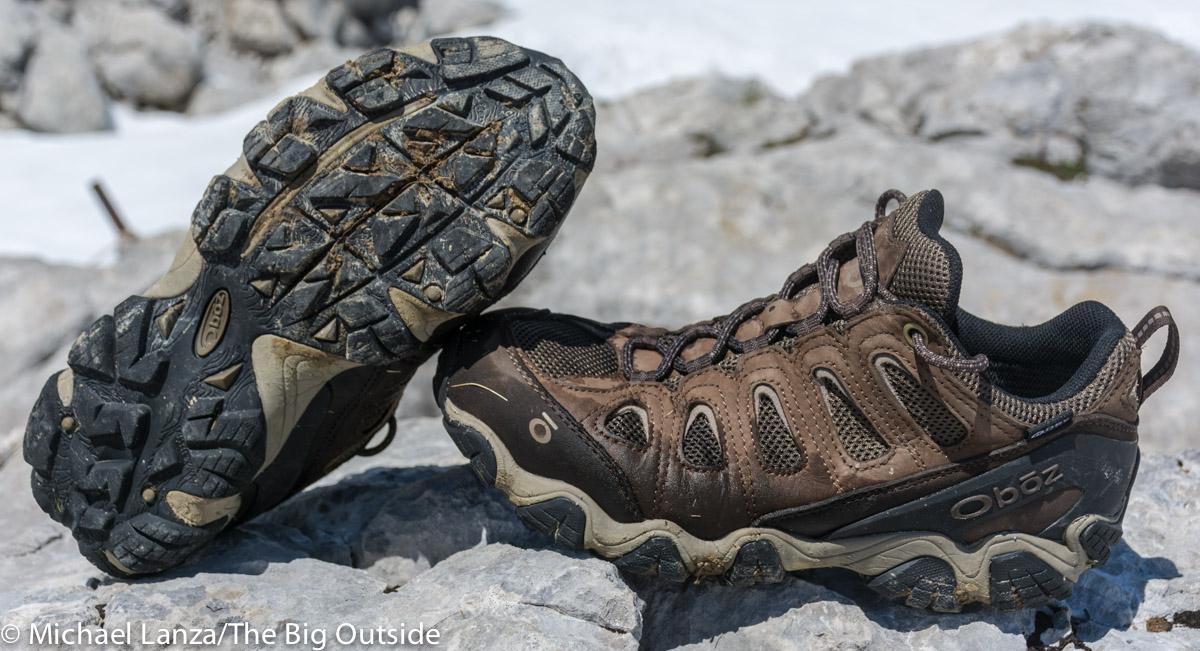

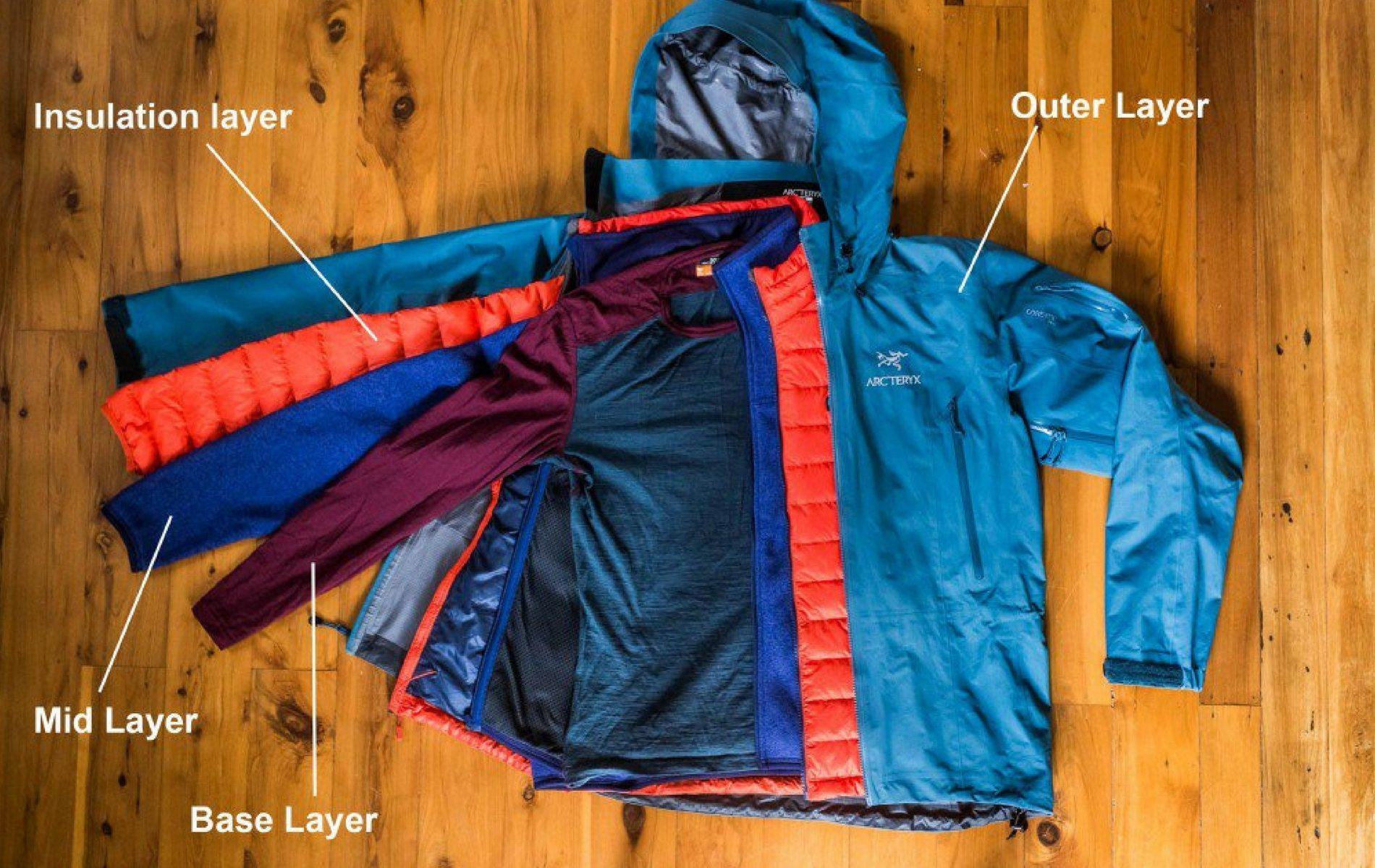
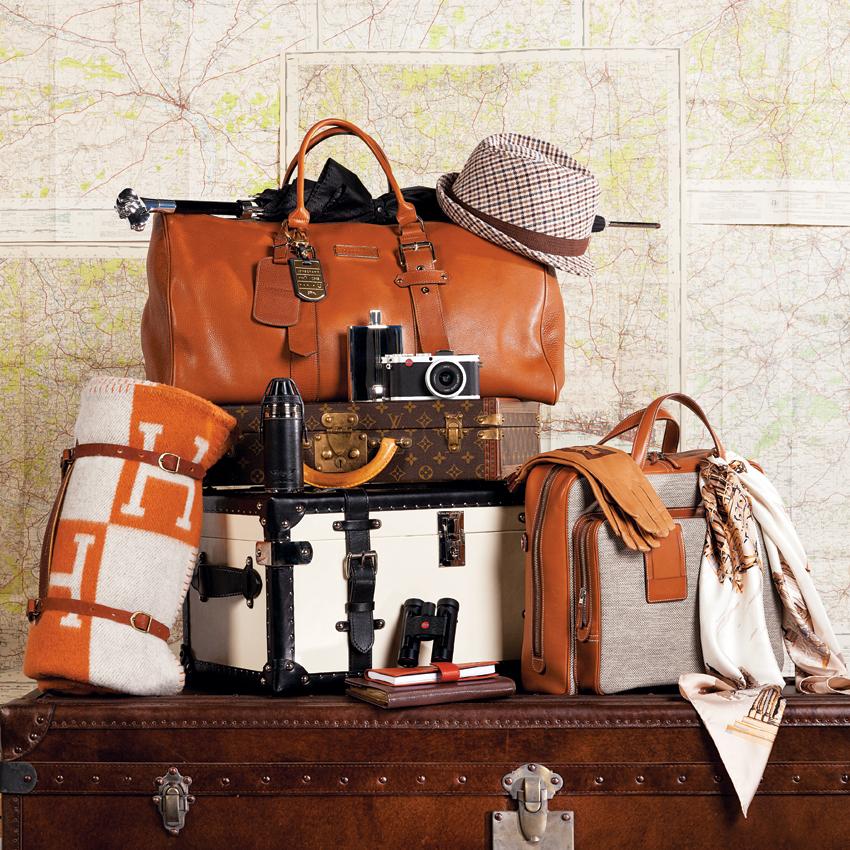
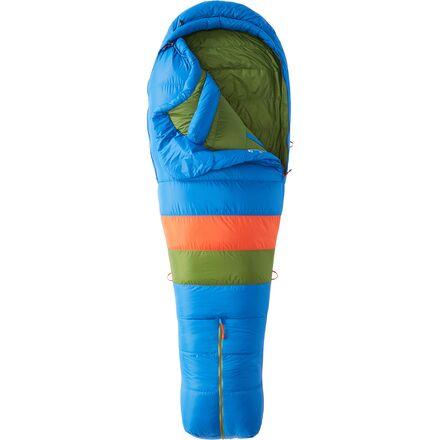


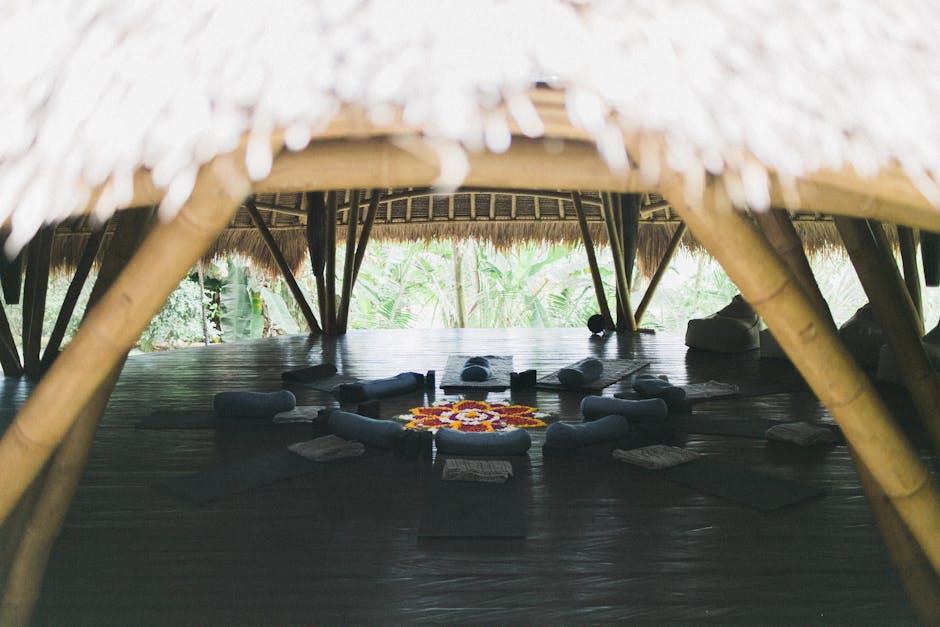

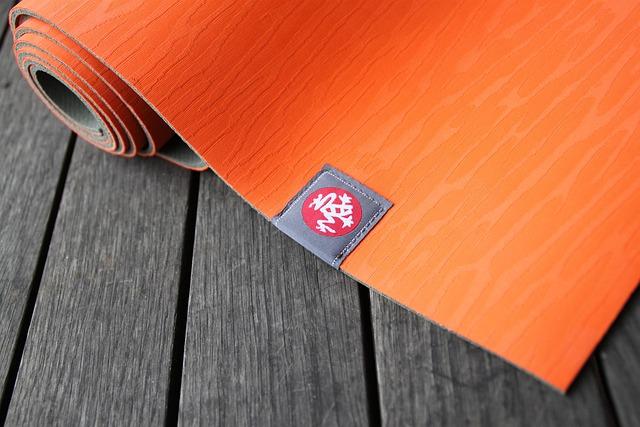

Leave feedback about this